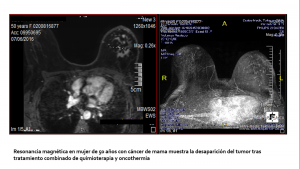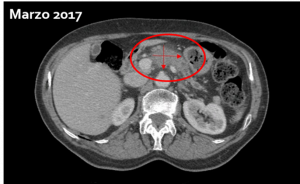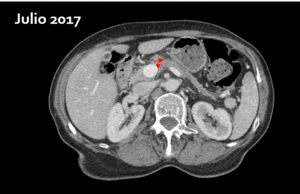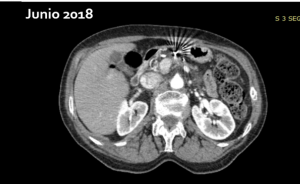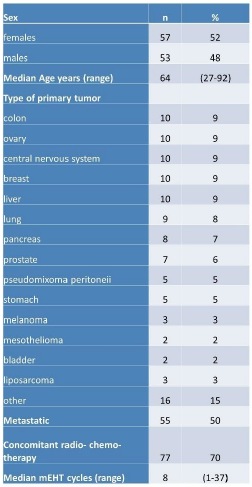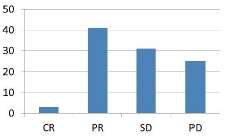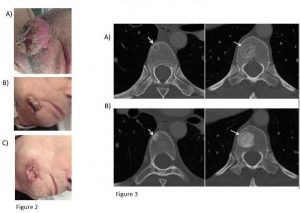Chemotherapy and Oncothermia association
Lower and less toxic doses of chemotherapy by combining it with Oncothermia and complementary treatments.
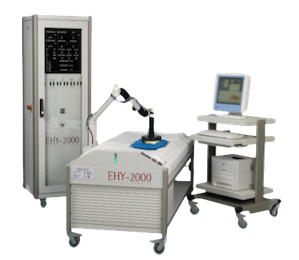
Professor Dr. med. Alexander Herzog, Chief-physician, Fachklinik Dr. Herzog, Germany has published a recent clinical study in the Oncothermia journal. He also presented it at the 35th ICHS, Guangzhou, China, 2017. The study explains the results in the use of lower and less toxic doses of chemotherapy when combined with hyperthermia and complementary treatments.
Electro-hyperthermia (Oncothermia) is an important tool for improving the efficacy of chemotherapy and radiation in cancer.
Numerous studies have been published on Oncothermia treatment in cell cultures, in animal experiments, but also in patients. Furthermore, these studies include randomised studies, phase 2 studies, but also many successful case reports that provide evidence for the benefit of Oncothermia.
Methods:
Oncothermy means heating the cancerous tissue up to 42°C (107.6°F). In several experiments, it has been shown that chemotherapy works more efficiently if the temperature of the cancer tissue is increased. There can be a linear or even exponential increase in the activity of cytostatic drugs.
The Oncotherm device with 13.56 MHz and energies up to 150 watts was used. The local treatment takes 1 hour for each session. In addition, such treatment can be repeated frequently (the interval between 2 treatments should be at least 48 hours to avoid thermal tolerance).
Chemotherapy is administered simultaneously with a local Oncothermia session.
Results for a selection of different cancers:
♦ ENT-Cancers:
The standard chemotherapy in these cases would be a rather toxic 5-day programme of cisplatin together with 5-FU as a continuous infusion. Together with oncothermia, a 4-day programme would be sufficient.
♦ Non-small cell lung cancer:
The dosing regimen would follow platinum-based chemotherapy, but the doses of Carboplatin and Gemcitabine or Vinorelbine could be reduced by approximately 20%, if applied together with Oncothermia.
♦ Colorectal cancer:
Chemotherapy protocols in colorectal cancer are mainly the FOLFOX protocol and the Folfiri protocol, which can be combined with Bevacizumab or Cetuximab antibodies. Together with Oncothermia, the dose of Oxaliplatin would be kept at the standard level. Irinotecan could be reduced. 5-FU administered as a chronomodulated treatment at night with 50% of the dose between 2 a.m. and 6 a.m. could also be significantly reduced. In addition, Capecitabine can be used together with Oncothermia at a reduced dose.
♦ Ovarian and cervical cancers:
In ovarian and cervical cancer, the standard chemotherapy is Carboplatin and the neurotoxic drug Paclitaxel. Together with Oncothermia, Carboplatin could be combined with a less toxic dose of Cyclophosphamide, which is a drug with potentiation of its activity under hyperthermic conditions.
♦ Breast cancer:
In one study, it has been shown that 70-80% of breast cancer patients respond to a treatment programme with local oncothermia together with moderate doses of chemotherapy.
Reduces toxicity
In conjunction with oncothermia, it is possible to use chemotherapy in more moderate doses. This reduces toxicity. Above all, it helps patients in particular in the palliative situation to preserve quality of life. It also allows for more regular treatments and for a longer period of time which is possibly very important to improve survival times.

